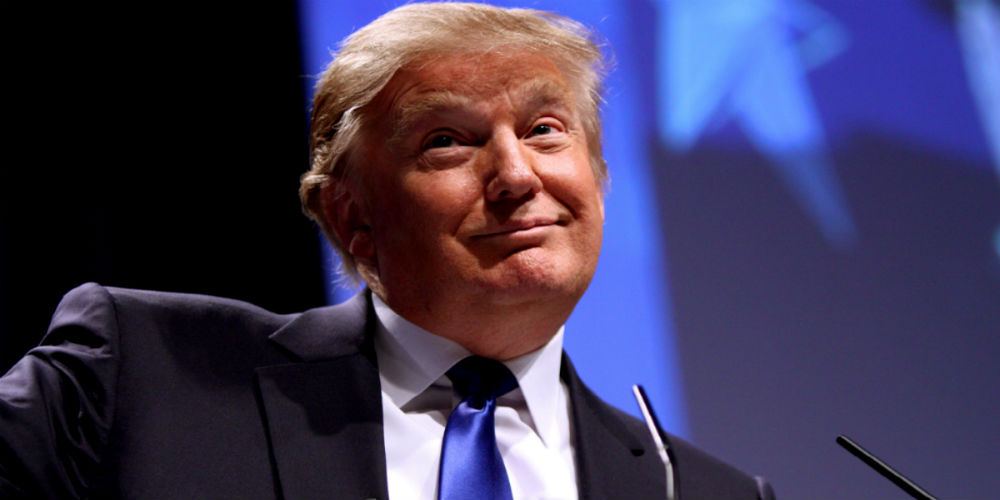The presidential election is over and Donald J. Trump is now our president-elect. Perhaps some critics of my last column, in which I used Trump as an example of risky brand extension, feel vindicated. After all, that column was based in part on the assumption, backed by polling at the time I wrote it, that Trump would lose the election.
Has actually winning the election helped the Trump brand recover from its over-extension woes? From what I can tell, the answer is no.
For starters, let’s consider the three-building apartment complex in Manhattan formerly known as Trump Place. That’s formerly, as in, up until a couple of weeks ago. Post-election, 600+ residents petitioned the owner (the complex is not owned by Trump) to remove the president-elect’s name from their home. The owner acquiesced. At some point, the owner believed the Trump name was an asset; now it’s apparently a liability.
A few days ago, someone published a comprehensive list of Trump-affiliated companies for would-be boycotters. The list is presented in spreadsheet format. To make boycotting Trump as easy as possible, a second tab on the spreadsheet provides a list of Trump-free alternatives.
But why mess around with a spreadsheet? Shouldn’t there be an app for that? Of course, there is. According to a report on NBCNews.com this morning, the super PAC Democratic Coalition Against Trump has created just such an app.
It’s not just Donald J. Trump’s brand that’s getting roughed up these days. When daughter Ivanka appeared on 60 Minutes with her father recently, her wardrobe included a very stunning bracelet. No big deal, right? It probably wouldn’t have been had Monica Marder, the vice president of sales for Ivanka Trump Fine Jewelry, not followed up the interview with a “style alert” press release hawking the $10,000 bangle. Folks as far away as Australia found the idea of using a presidential interview on 60 Minutes to push jewelry just a little offensive.
Melania Trump’s fledgling brand has also taken a considerable hit. Her line of jewelry mysteriously disappeared from the webpages of QVC.com in July, and melaniatrump.com, once a showcase for her products, now redirects to trump.com. More recently, as reported on FoxNews.com and elsewhere, designer Sophie Theallet announced that under no circumstances would she offer her designs to Mrs. Trump. To which a number of other designers responded, so what?
The article I read about the Trump Place incident included several reader comments. Among them was this one: “Trump's brand is garbage. Over half of America does not want to be associated with the man. The other half can't afford to be.”
While I don’t agree that the Trump brand is garbage, this reader brings up a good point. Many, many people who support President Trump can’t afford to buy the Trump Organization’s products. And that creates a potentially major problem for the Trump brand.
There’s some segment of the affluent buying pubic that now wants nothing to do with Trump. And it’s not just individual buyers that will impact Trump’s bottom line, either. Corporations and other organizations wanting to take a stand against his alleged transgressions may choose, for example, not to allow their employees to stay at Trump hotels during business travel. When all is said and done, this will be a very expensive branding lesson for The Donald.
But what’s the lesson in all this for the rest of us? If the temptation of brand extension proves too great and you decide to take that leap, be clear going into it exactly how you’re going to measure success. Donald Trump won the presidential election, but in doing so, he also damaged the Trump empire. Does that mean extending the Trump brand into politics was a success or a failure?
We should all have a clearer answer in about four years.







